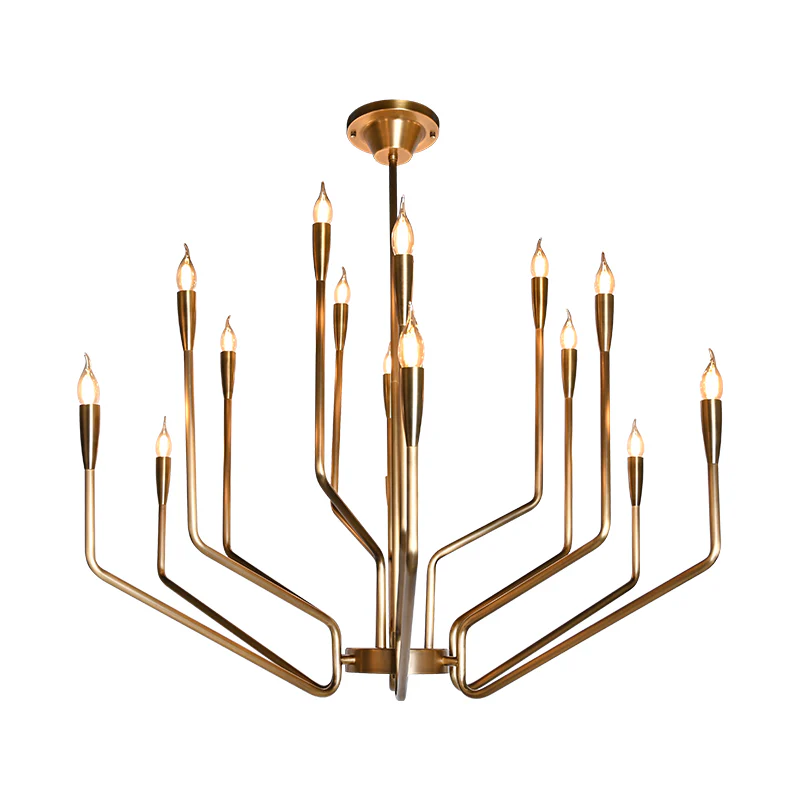Cinematic Lighting for Immersive Storyline Reading: A Guide to Enhancing Literary Experiences
Cinematic Lighting for Immersive Storyline Reading: A Guide to Enhancing Literary Experiences
In the age of digital storytelling, the way we read stories has evolved dramatically. Gone are the days when simple text on a page would capture our imagination. Today, readers crave an experience that immerses them in the narrative, amplifying emotions and engaging senses. One major element that contributes to this immersive experience is cinematic lighting—a technique often used in filmmaking but increasingly applied in writing and storytelling.
Understanding Cinematic Lighting
Cinematic lighting refers to the careful use of light in film to create mood, evoke emotions, and enhance the storytelling process. In the context of reading, cinematic lighting can be thought of as the way in which an author or reader employs descriptive language to create vivid imagery and evoke senses associated with different lighting scenarios. This technique enhances the reader's ability to visualize scenes and connect deeply with characters and plots.
The Role of Light in Storytelling
Light affects how we perceive our surroundings. In storytelling, using descriptions of light not only sets the atmosphere but also reflects characters' emotions and plot themes. Here are some key elements of cinematic lighting that can be effectively translated into narrative:
| Lighting Type | Description | Emotional Effect |
| High Key Lighting | Bright, even illumination with minimal shadows. | Cheerful, light-hearted, and positive feelings. |
| Low Key Lighting | Dark, shadowy effects creating stark contrasts. | Mystery, tension, or suspenseful moods. |
| Natural Lighting | Use of sunlight or daylight, showcasing real-world settings. | Warmth, comfort, and authenticity. |
| Backlighting | Light source is behind the subject, creating silhouettes. | Drama, intrigue, and focus on outlines rather than details. |
| Colored Lighting | Filters or gels create ambient colors. | Surrealism, emotional waves, or specific thematic tones. |
Creating Immersive Scenes Through Descriptive Lighting
When constructing an immersive storyline, authors should consider how light can be utilized in their narratives. Here are several techniques for creating vivid and engaging scenes:
1. Use Sensory Language
Descriptive language should engage as many senses as possible, particularly sight. Instead of merely saying, “The room was dark,” consider phrasing it as, “The room enveloped in shadows held its breath, as golden beams of moonlight fought to pierce through the tattered curtains.” This method activates the reader's imagination, allowing them to visualize the scene more vividly.
2. Reflecting Character Emotion
Lighting should be closely tied to characters’ emotional states. During a moment of triumph, an author might describe a character standing in “the glow of a thousand stars, each shining brighter than the last.” During despair, contrastingly, a character might feel “the cold embrace of shadows, one that seemed to snuff out the last flicker of hope.” By aligning lighting with emotions, readers form deeper connections with characters.
3. Playing with Contrast
Juxtaposing the elements of light and dark can enhance storytelling dynamics. Creating a stark contrast between a bright, lively setting and a dark, claustrophobic one can amplify tension in the narrative. For instance, the triumphant return home at dawn following a lengthy battle leads to an emotional climax accentuated by warm hues as opposed to the previous cold darkness.

Incorporating Cinematic Lighting in Various Genres
Different genres can benefit uniquely from cinematic lighting techniques:
Romance
In romance stories, soft, warm lighting can be essential to create intimate atmospheres. Descriptions using phrases like “the lingering glow of candlelight reflected in her eyes” help readers feel the warmth radiating from the characters.
Horror
For horror stories, accentuating shadows and low-key lighting can instill fear. Describing a “flickering bulb overhead casting ominous shadows” prepares the reader for the impending dread that often accompanies such narratives.
Science Fiction
In science fiction, colored lighting can enhance fantastical elements. The use of neon lights or otherworldly hues can create a vivid mental image of alien worlds. For instance, “the glaring phosphorescence of a distant nebula cast everything in an ethereal glow” transports readers to these fantastic realms.
The Importance of Consistency
While playing with lighting effects in narratives, maintaining consistency is vital. If a romantic scene begins with soft, warm lit tones, suddenly shifting to harsh, cold lighting can confuse readers. Authors should set the tone early and stick to it throughout the narrative or prepare the audience for a shift in emotional or thematic direction.
Conclusion: Embrace the Power of Cinematic Lighting
Cinematic lighting is more than just a visual concept; it's an essential storytelling tool that readers can experience through descriptive passages. Writers looking to create immersive storylines should consider how they use light and shadow to enhance emotional depth, atmosphere, and engagement. By employing sensory language, reflecting characters' emotions through lighting, and experimenting with contrasts, authors can significantly elevate the reading experience. As readers, embracing these storytelling techniques can also help us appreciate the intricate art of narrative construction, making each story unforgettable.
In summary, when crafting your next story, think of how cinematic lighting can become an ally. Utilize it wisely, and encourage your readers to dive into your narrative world fully illuminated by the vivid colors of your imagination.
